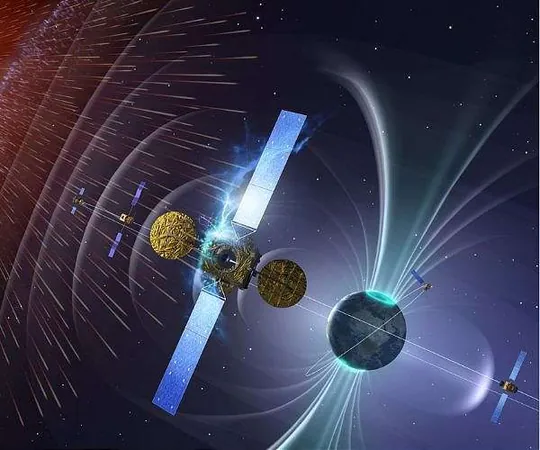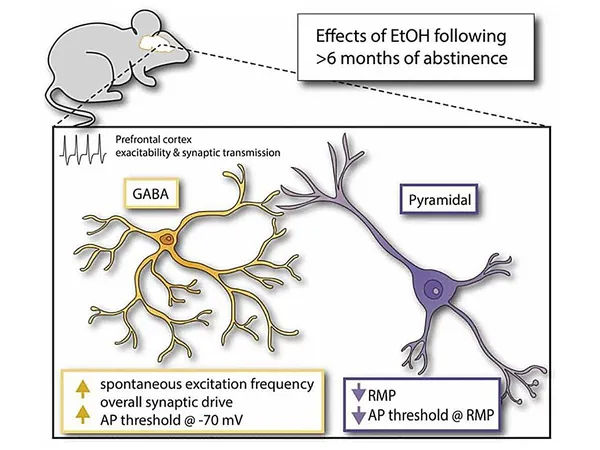
ESA and Japan: A New Era in Space Exploration Begins!
2024-11-22
Author: Sarah
A Legacy of Collaboration
The partnership between ESA and JAXA is not new; it builds on a rich history of successful missions, including the highly regarded BepiColombo mission to Mercury and the EarthCARE project focused on understanding Earth's climate. Their combined expertise has also strengthened astronaut collaboration aboard the International Space Station, forging a robust alliance that bodes well for future endeavors.
Asteroid Exploration: The Ramses Mission
One of the key focuses of the renewed collaboration is the Ramses mission, which will study the asteroid Apophis—famous for its close approach to Earth scheduled for 2029. JAXA is expected to provide vital contributions such as thermal infrared imaging, advanced solar array technology, and launch services. This mission not only represents a notable scientific opportunity but also ensures that both agencies remain at the forefront of asteroid research.
Lunar Exploration: A Joint Artemis Initiative
ESA and JAXA are also diving into lunar exploration under NASA's Artemis program. Critical components include ESA's Argonaut lunar cargo lander and JAXA's innovative pressurized lunar rover. Excitingly, ESA's newly launched lunar analogue facility may become a testing ground for JAXA's lunar technologies, highlighting the countries’ commitment to pioneering advancements. Collaborations may extend to projects like the lunar polar exploration mission and the ambitious Moonlight program, aimed at creating a comprehensive lunar communications and navigation satellite network.
The Red Planet Awaits
Moreover, ESA and JAXA are engaging in discussions regarding future Mars exploration. With plans to utilize cutting-edge technologies like electric propulsion and descent systems, the agencies are gearing up to send small landers to Mars, opening new avenues for research about the planet’s habitability and potential for human colonization.
Commitment to Space Science and Climate Change
In the realm of space science, the agencies reiterated their dedication to significant projects, including ESA's ambitious Athena X-ray telescope, set for launch in 2037, and JAXA's LiteBird gravitational wave telescope. Cooperative studies will delve into essential topics such as Mars' ability to host life, Earth's plasma environment, and long-term exploration of the moons of giant planets.
Additionally, both agencies are committed to combating climate change and expanding commercial opportunities in low Earth orbit. Their recent collaboration with CrossU, a Japanese innovation firm, further underscores Japan’s rapidly growing influence in the global space sector.
A Bright Future Ahead
As ESA and JAXA embark on this exciting new chapter, the global community watches eagerly. With ambitious plans and an unwavering commitment to exploration, this partnership could lead to groundbreaking discoveries that will benefit humankind for generations to come. Keep your eyes to the stars—the future of space exploration is bright!

 Brasil (PT)
Brasil (PT)
 Canada (EN)
Canada (EN)
 Chile (ES)
Chile (ES)
 España (ES)
España (ES)
 France (FR)
France (FR)
 Hong Kong (EN)
Hong Kong (EN)
 Italia (IT)
Italia (IT)
 日本 (JA)
日本 (JA)
 Magyarország (HU)
Magyarország (HU)
 Norge (NO)
Norge (NO)
 Polska (PL)
Polska (PL)
 Schweiz (DE)
Schweiz (DE)
 Singapore (EN)
Singapore (EN)
 Sverige (SV)
Sverige (SV)
 Suomi (FI)
Suomi (FI)
 Türkiye (TR)
Türkiye (TR)